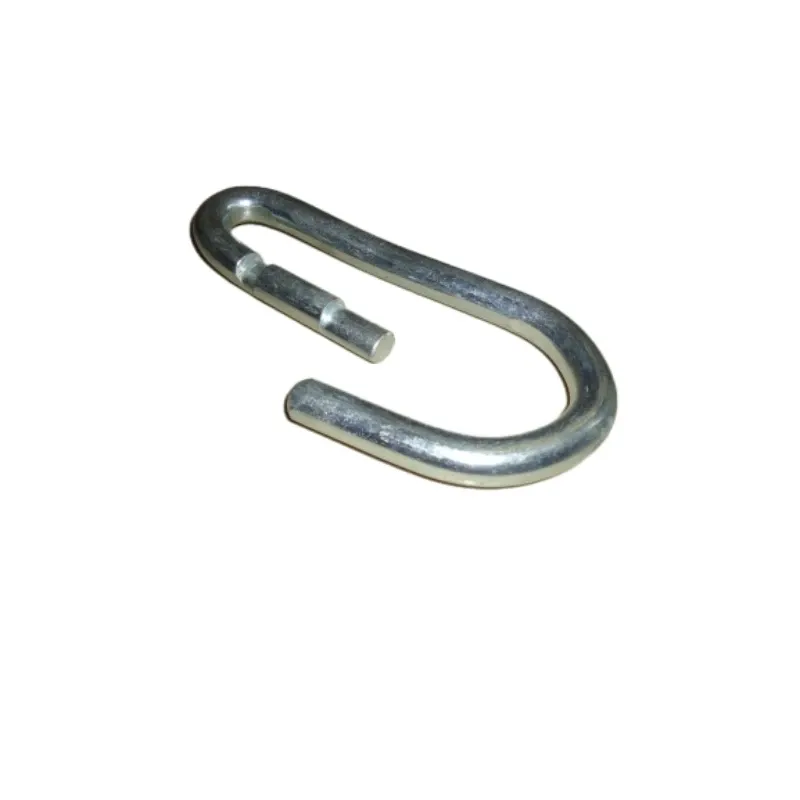- Phone: +86 132 8320 1810
- Email: annie@wrkgroup.ltd
-
- Afrikaans
- Albanian
- Amharic
- Arabic
- Armenian
- Azerbaijani
- Basque
- Belarusian
- Bengali
- Bosnian
- Bulgarian
- Catalan
- Cebuano
- China
- China (Taiwan)
- Corsican
- Croatian
- Czech
- Danish
- Dutch
- English
- Esperanto
- Estonian
- Finnish
- French
- Frisian
- Galician
- Georgian
- German
- Greek
- Gujarati
- Haitian Creole
- hausa
- hawaiian
- Hebrew
- Hindi
- Miao
- Indonesian
- Italian
- Japanese
- Javanese
- Malay
- Persian
- Portuguese
- Punjabi
- Russian
- Spanish
- Swahili
- Telugu
- Vietnamese
svi . 13, 2025 15:27 Natrag na popis
Understanding Scaffolding Components – From Couplers to Complete Systems
In construction and maintenance projects, scaffolding plays a vital role in ensuring both efficiency and safety. Selecting the right scaffolding coupler types, clamps, and clips can significantly enhance the overall structural stability of the system. Whether you're assembling a simple facade platform or a complex industrial scaffold, understanding the different scaffolding types and parts is crucial to building a secure and reliable working environment. Let’s explore the essential connectors and how they contribute to the strength and flexibility of modern scaffolding setups.

Scaffolding Coupler Types – The Core Connectors for Structural Integrity
Among the most fundamental components, scaffolding coupler types serve as the key joints that hold scaffold tubes together. These couplers come in several forms—right-angle, swivel, putlog, sleeve, and base couplers—all designed to fulfill specific roles within the scaffold structure. Each type is engineered to resist loads, prevent slippage, and ensure stability in variable conditions. Choosing the appropriate scaffolding coupler types based on the structure’s complexity and intended use not only improves safety but also simplifies the assembly and disassembly process.
Scaffolding Clamp Swivel Type – Flexibility for Angled Connections
When your project demands flexibility, the scaffolding clamp swivel type becomes indispensable. These clamps allow two scaffold tubes to be connected at any angle, making them ideal for diagonal bracing or non-standard layouts. The scaffolding clamp swivel type is especially useful in irregular structures or when navigating architectural features, as it accommodates complex geometries without sacrificing structural integrity. Built from durable, galvanized steel, swivel clamps combine high tensile strength with rotational adaptability, ensuring both security and convenience during setup.
Types of Scaffold Clips – Securing Tubes with Simplicity and Strength
While couplers connect, types of scaffold clips provide added reinforcement and locking functionality. These clips—commonly including board retaining clips, toe board clips, and joint pins—are vital for maintaining alignment and preventing unwanted movement. Different types of scaffold clips are tailored to secure decking, planks, or additional scaffolding elements, ensuring everything remains tightly held in place. Despite their compact size, scaffold clips play a big role in maintaining overall system cohesion, especially under heavy workloads or in high-traffic environments.
Scaffolding Types and Parts – The Big Picture of Scaffold Assembly
To understand how these components work together, it’s essential to consider the broader category of scaffolding types and parts. Tube and coupler scaffolds, system scaffolds, frame scaffolds, and cantilever scaffolds are among the most commonly used setups across the globe. Each type requires specific fittings and a combination of vertical standards, horizontal ledgers, transoms, braces, base plates, and decking. Mastery of scaffolding types and parts ensures better decision-making when designing a structure that meets height, load, and layout requirements while adhering to safety standards.
Integration of Scaffold Clips with Other Parts
By integrating the right types of scaffold clips with couplers and clamps, construction teams can build more secure and customizable scaffolds. Clips help anchor non-structural elements like boards and guardrails, preventing shifts and enhancing user safety.
Selecting the Right Scaffolding Coupler Types for Your Needs
Choosing the best scaffolding coupler types depends on the project scale, load-bearing requirements, and environment. Right-angle couplers are perfect for standard joints, while swivel types offer needed flexibility in complex angles. Sleeve and putlog couplers serve specific purposes, like tube extension and ledger support.
Scaffolding Systems FAQs
Q: What are the most common scaffolding coupler types used in construction?
A: The most common scaffolding coupler types include right-angle, swivel, sleeve, and putlog couplers. Each serves a unique purpose depending on the structure’s complexity and required support.
Q: Why use a scaffolding clamp swivel type?
A: The scaffolding clamp swivel type is essential for making angled or diagonal connections, providing the flexibility needed in irregular or curved structures while maintaining strength.
Q: What are some key types of scaffold clips and their uses?
A: Types of scaffold clips include board retaining clips, joint pins, and toe board clips. They secure planks, connect scaffold sections, and enhance safety by preventing movement.
Q: How do I know which scaffolding system to use?
A: Understanding scaffolding types and parts helps in selecting the right system. Tube and coupler scaffolds are versatile; frame scaffolds are quick to assemble; system scaffolds offer modular flexibility.
Q: Are scaffold couplers reusable?
A: Yes, most scaffolding coupler types are made of galvanized steel or iron, allowing them to be reused across multiple projects if maintained properly.
Najnovije vijesti
-
Tie Nut Applications In Concrete FormworkVijestiJul.23,2025
-
The Advantages of Using Stainless Steel Shuttering Tie RodsVijestiJul.23,2025
-
PVC Water Stopper Chemical Resistance PropertiesVijestiJul.23,2025
-
Prop Nuts: How to Identify Signs of Wear and TearVijestiJul.23,2025
-
Packaging Requirements for Adjustable Jack BasesVijestiJul.23,2025
-
Maintenance Tips for Scaffolding Props and Their SleevesVijestiJul.23,2025











